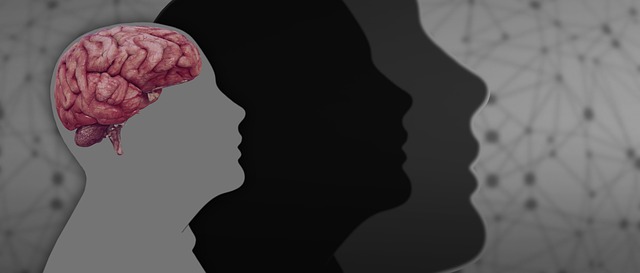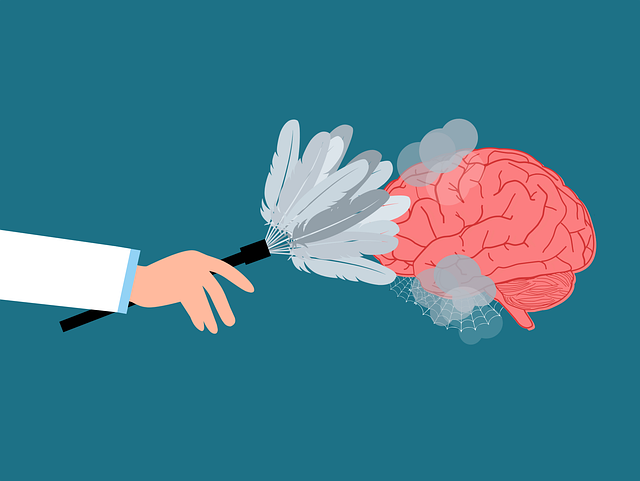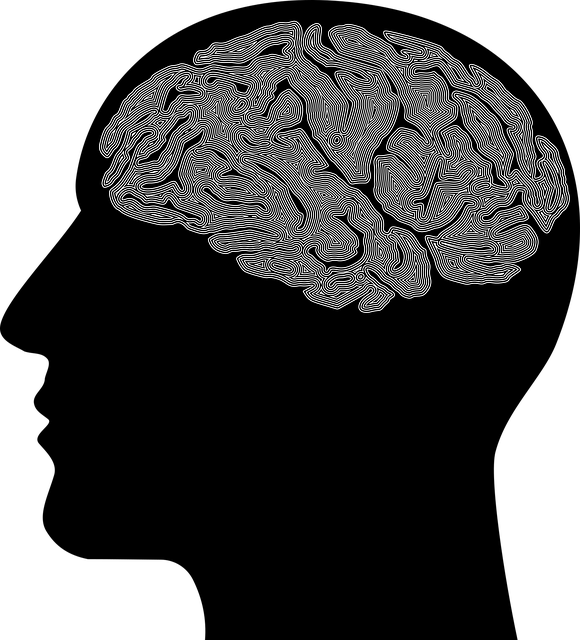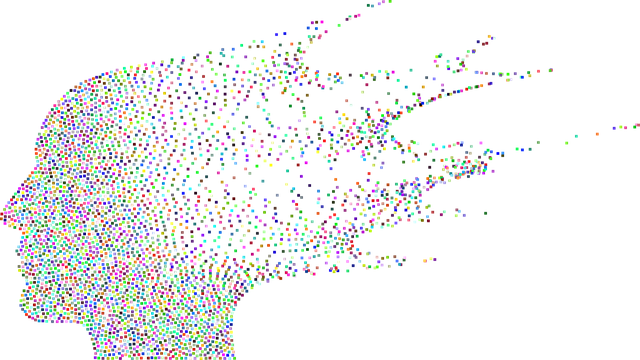Integrating Golden Somatic Experiencing Therapy (GSE) into mental health education significantly enhances coping skills, self-esteem, and emotional well-being. This therapy focuses on the mind-body connection, teaching participants to interpret physical sensations for better emotional regulation. Effective programs combine GSE with stress management, emotional intelligence, conflict resolution, and empathy-building strategies. Interactive facilitation, mindfulness exercises, and peer support create safe spaces for personal growth. Evaluating program success through surveys and qualitative feedback ensures continuous improvement, ensuring relevance and impact in promoting mental wellness.
“Unveiling the potential for transformative mental health support, this article explores the intricate design of educational programs. We delve into the foundational knowledge required, introducing ‘Understanding Mental Health’ as the cornerstone of effective program creation.
A key focus is the integration of Golden Somatic Experiencing Therapy (SET), a powerful approach to unlock participants’ emotional resilience. By combining theoretical understanding with practical activities, we create an engaging curriculum.
Furthermore, we discuss facilitation methods, ensuring empowerment, and provide guidelines for measuring the profound impact of such programs.”
- Understanding Mental Health: The Foundation of Program Design
- Integrating Somatic Experiencing Therapy (SET): Unlocking the Golden Approach
- Creating a Comprehensive Curriculum: Topics and Activities
- Facilitation Techniques: Engaging and Empowering Participants
- Measuring Success and Impact: Evaluating the Effectiveness of the Program
Understanding Mental Health: The Foundation of Program Design

Understanding Mental Health forms the bedrock upon which effective program design for any educational initiative in this domain must be built. It’s imperative to recognize that mental health encompasses a wide spectrum of emotional, psychological, and social well-being, emphasizing not just the absence of disorders but also the presence of positive coping strategies. A foundational understanding of common mental health conditions, their causes, and their impact is crucial for designing inclusive programs that cater to diverse needs.
In this context, Golden Somatic Experiencing Therapy (GSE) emerges as a valuable tool, offering unique insights into the mind-body connection and trauma healing. Integrating GSE principles into educational programs can significantly enhance coping skills development and self-esteem improvement among participants, especially when coupled with Healthcare Provider Cultural Competency Training. By fostering cultural sensitivity, healthcare providers can better navigate the nuanced needs of individuals from different backgrounds, ensuring that mental health education remains accessible and impactful for all.
Integrating Somatic Experiencing Therapy (SET): Unlocking the Golden Approach

Integrating Somatic Experiencing Therapy (SET) into mental health education programs offers a powerful and unique approach to fostering resilience and emotional well-being. This therapy, often hailed as the “Golden Somatic Experiencing Therapy,” focuses on the deep connection between the mind and body, emphasizing the role of physical sensations in understanding and managing emotions. By teaching mental health professionals and their future clients how to recognize and interpret bodily signals, SET enhances the practice of emotional regulation, a key aspect of comprehensive mental health care.
The benefits are far-reaching, especially in the context of risk management planning for mental health professionals. SET equips individuals with tools to navigate intense emotions, reduce stress responses, and build confidence in their ability to manage challenging situations. This not only contributes to better self-care practices among professionals but also improves their capacity to support clients in achieving emotional balance.
Creating a Comprehensive Curriculum: Topics and Activities

In designing a mental health education program, creating a comprehensive curriculum is paramount. The program should weave together a variety of topics and activities to holistically address participants’ mental well-being. Essential components include introducing foundational concepts like stress management and emotional intelligence, alongside more specialized areas such as conflict resolution techniques and self-awareness exercises. These foundational blocks enable individuals to cultivate resilience and navigate life’s challenges more effectively.
Integrating practices from Golden Somatic Experiencing Therapy can offer profound benefits by facilitating deep relaxation and promoting body-mind connection. Coupled with empathy building strategies, these techniques foster a safe and supportive learning environment where participants can explore their emotions and develop coping mechanisms tailored to their unique needs. Additionally, interactive activities like group discussions, mindfulness exercises, and creative expression workshops enrich the curriculum, encouraging active participation and peer learning.
Facilitation Techniques: Engaging and Empowering Participants

Engaging participants and fostering a sense of empowerment are key aspects of designing an effective mental health education program. Interactive facilitation techniques play a pivotal role in creating a safe and supportive environment, encouraging active learning, and promoting personal growth. One powerful tool that can be incorporated is the Golden Somatic Experiencing Therapy (GSE), which focuses on connecting mind and body to facilitate emotional release and healing. GSE helps individuals access and process repressed emotions, leading to improved emotional regulation skills.
Incorporating mindfulness meditation exercises tailored for group settings allows participants to cultivate present-moment awareness and enhance their ability to manage stress. Additionally, mental wellness coaching programs development should include activities that encourage peer support and shared learning, creating a sense of community among participants. By combining these techniques, the program can offer a holistic approach to mental health education, empowering individuals with practical tools for maintaining and improving their overall mental wellness.
Measuring Success and Impact: Evaluating the Effectiveness of the Program

Evaluating the success and impact of a mental health education program is vital to ensure its long-term effectiveness. This process involves a comprehensive assessment of various outcomes, including changes in participant attitudes, knowledge, and behaviors related to mental well-being. One powerful approach to gauge progress is through pre- and post-program surveys that measure anxiety levels, mood management skills, and overall psychological resilience. For instance, the Golden Somatic Experiencing Therapy (GSE) has shown promising results in reducing anxiety relief and improving burnout prevention strategies for healthcare providers.
By comparing survey responses, program facilitators can identify key areas of improvement and understand the impact on participants’ daily lives. This data-driven approach allows for continuous refinement of the curriculum, ensuring that the education remains relevant and impactful. Additionally, qualitative feedback from participants can provide valuable insights into their personal journeys, highlighting specific aspects of the program that resonated or required further enhancement, thereby fostering a more adaptive and effective learning environment for mood management.
Mental health education programs can be transformative when designed with a holistic approach, such as integrating Golden Somatic Experiencing Therapy (SET). By combining theoretical understanding with practical activities, these programs empower participants to navigate their mental health journeys effectively. Facilitation techniques that encourage engagement and participation are key to success, alongside rigorous evaluation methods to measure impact. When designed thoughtfully, these initiatives can foster resilient individuals and communities, ultimately enhancing overall well-being.














